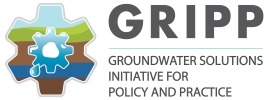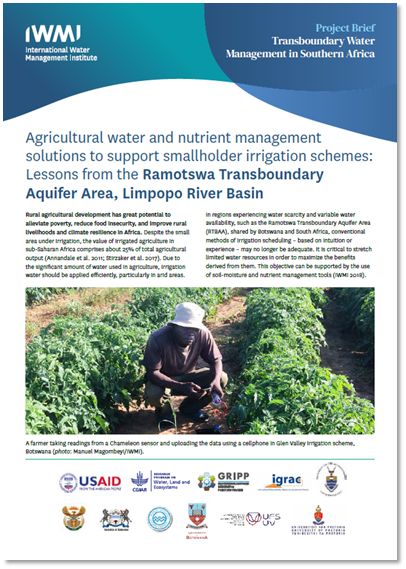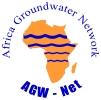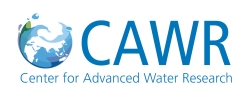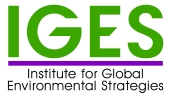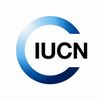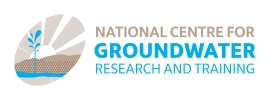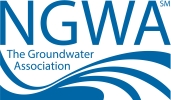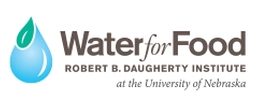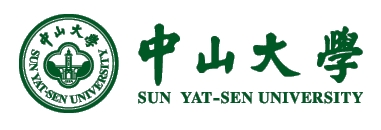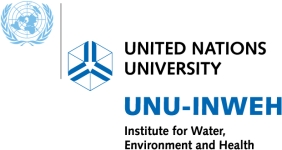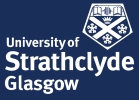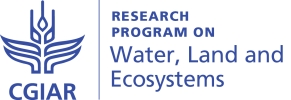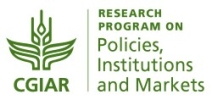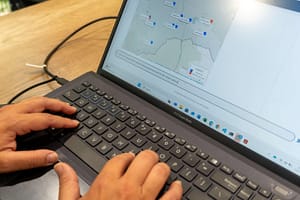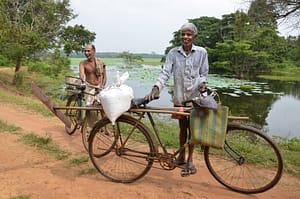Dryland regions, such as the Ramotswa Transboundary Aquifer Area (shared by Botswana and South Africa), experience water scarcity and variability in water availability which is exacerbated by climate change. Therefore, conventional methods of irrigation scheduling – based on intuition or experience – may no longer be adequate. It is critical to stretch limited water resources in order to maximize the benefits derived from them.
This project brief summarizes the outcomes of collaborative field investigations conducted as part of the Ramotswa project, led by the International Water Management Institute (IWMI), with local smallholder farmers. The aim was to implement and test the efficiency and feasibility of simple water and nutrient management instruments, in particular simple wetting front detectors, nutrient sampling, and soil moisture sensors.
Over a number of cropping seasons, trials were conducted to compare irrigation water use in control plots, where farmers were applying traditional irrigation and fertilizer practices, and in plots where the instruments were used. It was evident that farmers using the instruments saved significant water for irrigation, about 40% on average, without compromising on crop yields. In fact, water productivities increased by 33% to 290%, especially for irrigation methods with low water-use efficiency, such as furrow irrigation. However, through the use of combined wetting front detectors, soil moisture sensors, and simple soil water sampling and water quality (nitrate) testing, it was evident that there was a significant reduction in the loss of nutrients (by up to 80%) due to the reduced water loss below the root zone. The reduced water input resulted in a decrease in farmers’ input costs, importantly for energy used to pump groundwater (up to 33%) and labor savings (up to 14%). In fact, since water is free, but energy is not, a major driving factor for farmers to adopt the technologies was saving on their energy bill.
The results of the field investigations are very encouraging and the technologies are now being out-scaled in a similar transboundary aquifer project in the region – the Tuli Karoo Aquifer project. The use of agricultural water and nutrient management tools by smallholder farmers holds substantial potential for enhancing sustainable agricultural water use, crop yields and water productivity, while providing better livelihoods and minimizing adverse environmental impacts such as nitrate and pesticide pollution in dryland regions of Africa.
Citation:
Magombeyi, M.S.; Lautze, J.; Villholth, K.G. 2021. Agricultural water and nutrient management solutions to support smallholder irrigation schemes: Lessons from the Ramotswa Transboundary Aquifer Area, Limpopo River Basin. Project brief. Colombo, Sri Lanka: International Water Management Institute (IWMI). 8p.
Learn more about the Ramotswa Project
Sign up for GRIPP news and updates
Sign up for the Call to Action on Global Groundwater Sustainability






